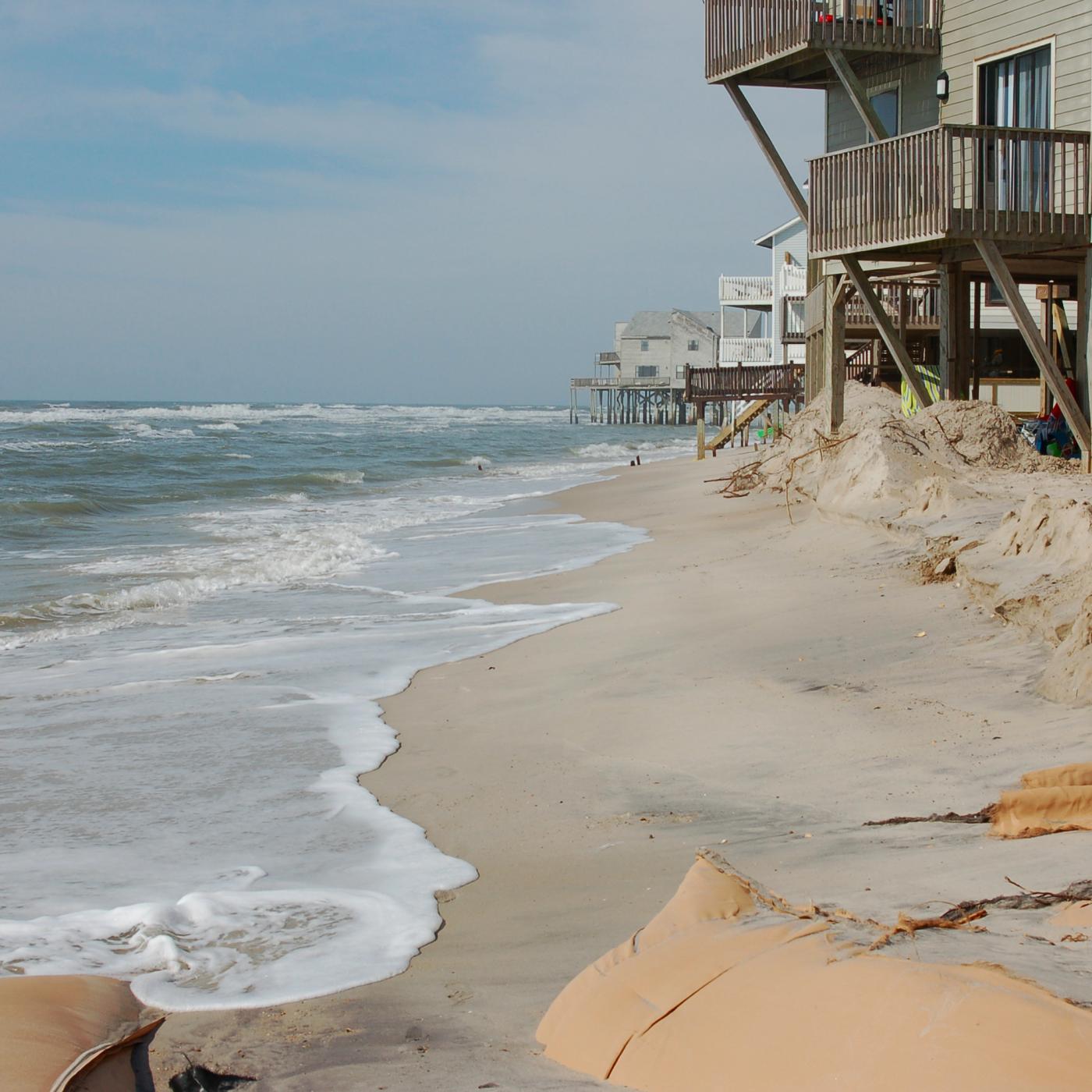
Filter News
Area of Research
- Advanced Manufacturing (3)
- Biological Systems (1)
- Biology and Environment (48)
- Biology and Soft Matter (1)
- Clean Energy (54)
- Climate and Environmental Systems (1)
- Electricity and Smart Grid (1)
- Fusion and Fission (5)
- Isotopes (16)
- Materials (30)
- Materials for Computing (2)
- National Security (14)
- Neutron Science (8)
- Nuclear Science and Technology (5)
- Quantum information Science (2)
- Supercomputing (23)
News Type
News Topics
- (-) 3-D Printing/Advanced Manufacturing (42)
- (-) Bioenergy (51)
- (-) Climate Change (51)
- (-) Cybersecurity (14)
- (-) Grid (26)
- (-) Isotopes (29)
- (-) Microscopy (20)
- (-) Physics (30)
- (-) Space Exploration (12)
- Advanced Reactors (8)
- Artificial Intelligence (49)
- Big Data (28)
- Biology (60)
- Biomedical (30)
- Biotechnology (12)
- Buildings (20)
- Chemical Sciences (27)
- Clean Water (15)
- Composites (8)
- Computer Science (87)
- Coronavirus (17)
- Critical Materials (5)
- Decarbonization (46)
- Education (1)
- Emergency (2)
- Energy Storage (30)
- Environment (105)
- Exascale Computing (27)
- Fossil Energy (4)
- Frontier (25)
- Fusion (31)
- High-Performance Computing (46)
- Hydropower (5)
- ITER (2)
- Machine Learning (22)
- Materials (44)
- Materials Science (47)
- Mathematics (7)
- Mercury (7)
- Microelectronics (3)
- Molten Salt (1)
- Nanotechnology (16)
- National Security (43)
- Net Zero (8)
- Neutron Science (49)
- Nuclear Energy (56)
- Partnerships (19)
- Polymers (8)
- Quantum Computing (22)
- Quantum Science (31)
- Renewable Energy (1)
- Security (12)
- Simulation (32)
- Software (1)
- Statistics (1)
- Summit (31)
- Sustainable Energy (48)
- Transformational Challenge Reactor (3)
- Transportation (27)
Media Contacts
Researchers at ORNL recently demonstrated an automated drone-inspection technology at EPB of Chattanooga that will allow utilities to more quickly and easily check remote power lines for malfunctions, catching problems before outages occur.

Jeremiah Sewell leads a team at ORNL, working on xenon-129 production for lung imaging. Reflecting on his career, Sewell views each opportunity as a "door" he steps through, leveraging over 25 years of experience in nuclear power and centrifuge operations to advance the facility’s mission.

A study found that beaches with manmade fortifications recover more slowly from hurricanes than natural beaches, losing more sand and vegetation. The researchers used satellite images and light detection and ranging data, or LIDAR, to measure elevation changes and vegetation coverage. Changes in elevation showed how much sand was depleted during the storm and how much sand returned throughout the following year.

Benjamin Manard, an analytical chemist in the Chemical Sciences Division of the Department of Energy’s Oak Ridge National Laboratory, will receive the 2024 Lester W. Strock Award from the Society of Applied Spectroscopy.

Scientists have determined that a rare element found in some of the oldest solids in the solar system, such as meteorites, and previously thought to have been forged in supernova explosions, actually predate such cosmic events, challenging long-held theories about its origin.

Two additive manufacturing researchers from ORNL received prestigious awards from national organizations. Amy Elliott and Nadim Hmeidat, who both work in the Manufacturing Science Division, were recognized recently for their early career accomplishments.

Researchers at the Department of Energy’s Oak Ridge National Laboratory and partner institutions have launched a project to develop an innovative suite of tools that will employ machine learning algorithms for more effective cybersecurity analysis of the U.S. power grid.

Power companies and electric grid developers turn to simulation tools as they attempt to understand how modern equipment will be affected by rapidly unfolding events in a complex grid.

Brittany Rodriguez never imagined she would pursue a science career at a Department of Energy national laboratory. However, after some encouraging words from her mother, input from key mentors at the University of Texas Rio Grande Valley, or UTRGV, and a lot of hard work, Rodriguez landed at DOE’s Manufacturing Demonstration Facility, or MDF, at Oak Ridge National Laboratory.

The Department of Energy’s Oak Ridge National Laboratory has publicly released a new set of additive manufacturing data that industry and researchers can use to evaluate and improve the quality of 3D-printed components. The breadth of the datasets can significantly boost efforts to verify the quality of additively manufactured parts using only information gathered during printing, without requiring expensive and time-consuming post-production analysis.


